As is often the case, late Spring/early Summer found us in Italy. This year our driver from Naples Airport greeted us with the news that it had only stopped raining a few days before; the weather in the whole of Western Europe is topsy-turvy. When we arrived in Ravello, we could tell: everything was green and luxuriant, the oleanders were flowering abundantly and their fragrance in the streets, combined with the scent of the jasmine, was as powerful as the orange blossom of Seville. It was also quite cool. This would change dramatically as our stay wore on.
As well as the beauty of Ravello itself and its many wonderful restaurants, our two great delights are visiting the gardens of the Villa Cimbrone and walking the mountain paths above the River Dragone. Our first visit to Villa Cimbrone revealed that the cool wet weather had put back flowering times and reduced the number of insects, in particular the Violet Carpenter Bees. They were about, but not in their normal profusion.
I have written before about how the number of insects to be seen around Ravello varies tremendously, from the insecticide-sprayed lemon groves on the cliff slopes that lead down to the sea, to the wild mountain forests and clearings above the old walled city. What I noticed particularly this time is just how the different butterflies seem to be almost designed by a human artist to fit their surroundings.
The gardens of the Villa Cimbrone have many delights, but certainly the long herbaceous border is one of these. Vita Sackville-West probably designed it when the Villa and gardens were restored, and you feel as though she also chose the insects that inhabit it. There are Common Blue butterflies, but also Swallowtails and Scarce Swallowtails that glide about in a stately manner and linger on the flowers. There are black wasps with smart yellow patches and of course the huge Violet Carpenter Bees. In the past I have also seen large yellow Cleopatra butterflies here. What she may not have chosen was the large, almost black, snake whose tail I saw disappearing into the perennials. As we sat sipping a cool drink in the shade admiring the view, serins twittered overhead; their call so high as to be almost inaudible to the human ear.
The butterflies that live above the ravine in which the Dragone River runs are much less sophisticated, and the high-pitched calls of serins are replaced by the screams of sparrowhawks and swifts and the laughs of green woodpeckers.
It is quite a climb to reach the rear gate of the city, and it is an even warmer climb to the beginning of the forest trial, but from then on the going is quite gentle as it follows the course of the river below, and there is plenty of shade from the mixed forest. Entering the forest trail, you always seem to greeted by large numbers of Wall Brown butterflies, which I remember being common in England, but now I hardly ever seem to see. Their caterpillars feed on a whole range of grasses, so food shouldn’t be an issue here.
Next come the Marble Whites that fly hither and thither, another butterfly dependent on grasses. There are also what I took to be purple Adonis butterflies, but I am wrong they don’t occur this far south.
Heading higher into the mountains that day, a long dark snake crossed the path at high speed just in front of us and disappeared over the edge of the track. It was an Aesculapian snake, the same species as the one I saw in the gardens, common and harmless. As we entered the forest, with trees on both sides of the track, there were, as expected, brown fritillary butterflies everywhere. It is always a wonder. I have problems in the UK distinguishing between the different types of fritillary butterflies; in Italy there are many, many more species and they never seem to pause for a moment. What it is to have a warmer climate, a continental land mass, and large tracts of land almost untouched by modern agricultural practices.
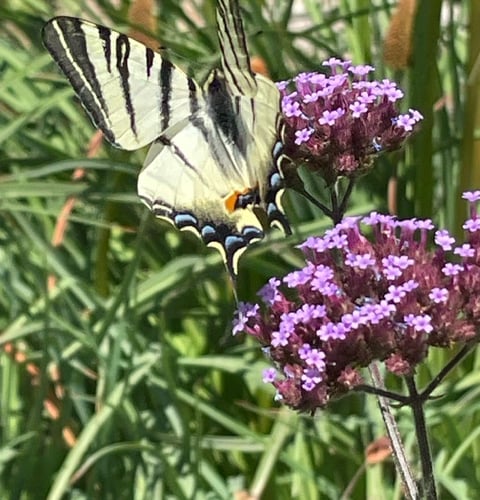
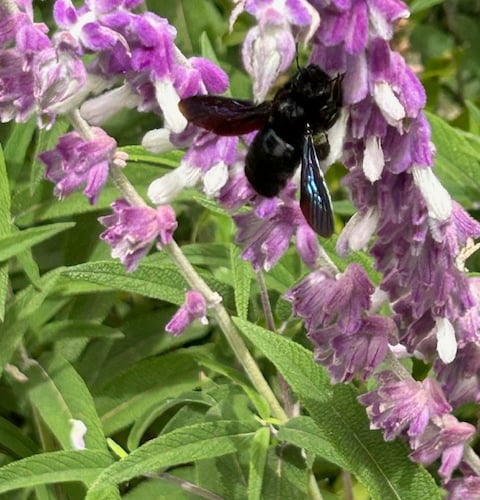

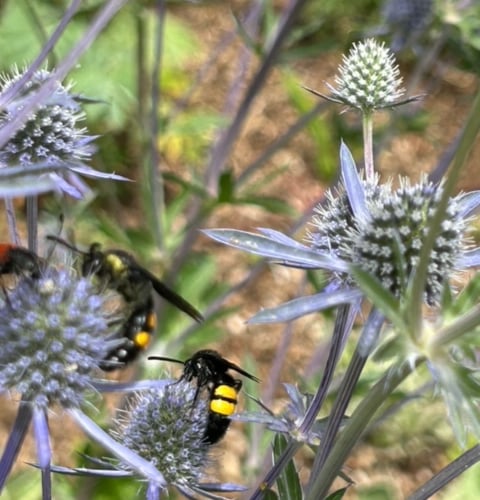
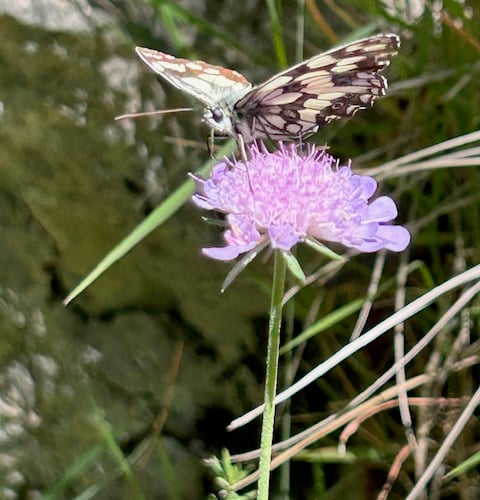

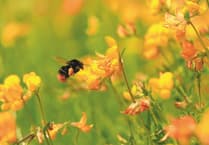
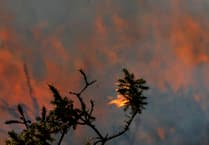

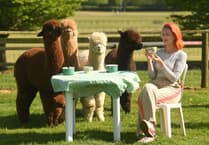
Comments
This article has no comments yet. Be the first to leave a comment.